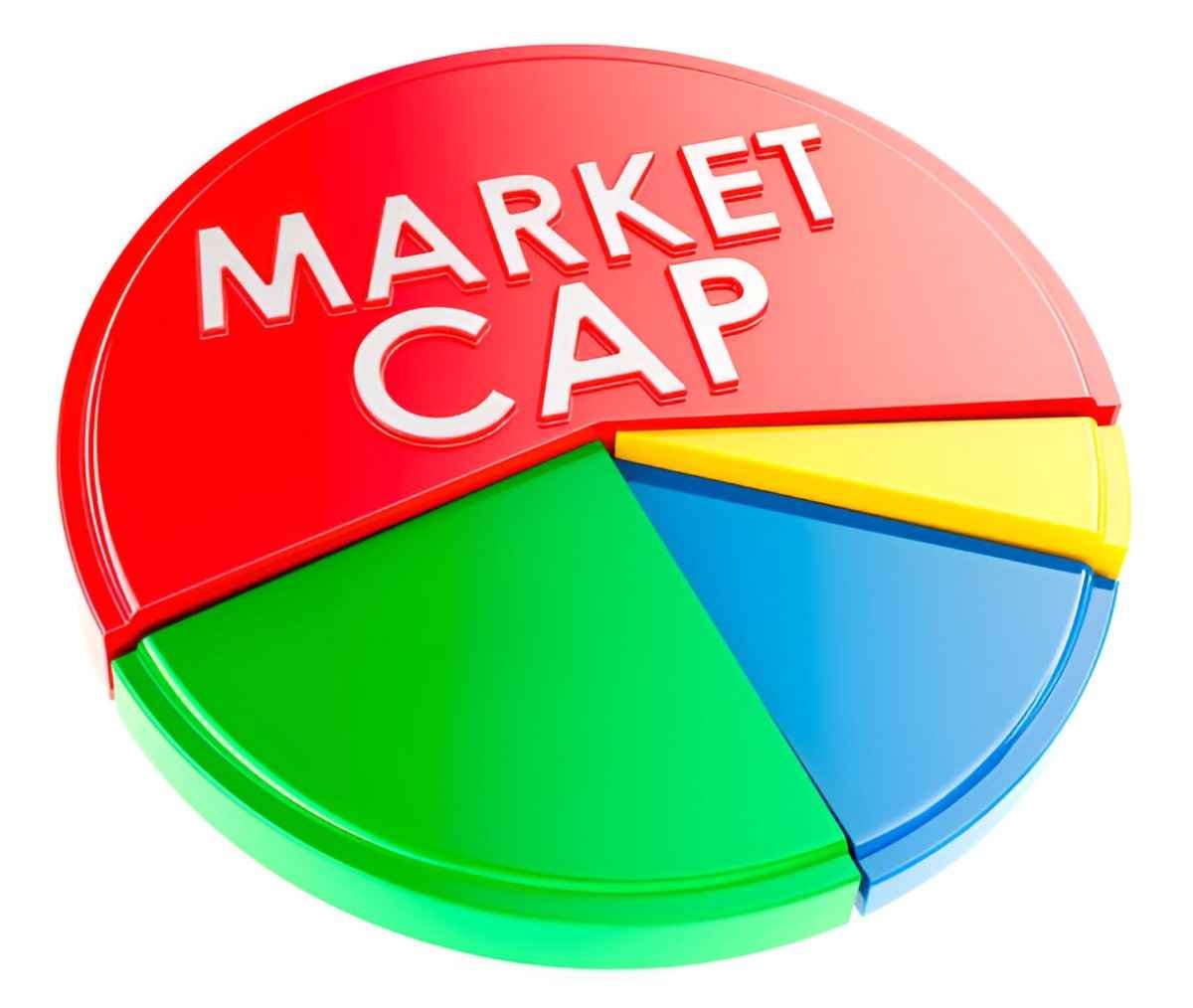As someone who has spent years analyzing financial markets, I know how intimidating stock market jargon can be for beginners. One term you’ll hear often is market capitalization, or “market cap” for short. It’s a fundamental concept that helps investors gauge a company’s size, risk, and growth potential. In this guide, I’ll break down market cap in simple terms, explain why it matters, and show you how to use it in your investment decisions.
Table of Contents
What Is Market Capitalization?
Market capitalization represents the total market value of a company’s outstanding shares. It’s calculated by multiplying the current stock price by the total number of shares available to the public. The formula looks like this:
Market\ Capitalization = Current\ Stock\ Price \times Total\ Outstanding\ SharesFor example, if Company X trades at $50 per share and has 10 million shares outstanding, its market cap would be:
\$50 \times 10,000,000 = \$500,000,000This means the market values Company X at $500 million.
Why Market Cap Matters
Market cap helps investors categorize companies by size, which influences risk and return expectations. Larger companies tend to be more stable, while smaller ones may offer higher growth potential—but with greater volatility. The U.S. stock market classifies companies into three broad categories:
- Large-Cap ($10 billion or more)
- Mid-Cap ($2 billion to $10 billion)
- Small-Cap ($300 million to $2 billion)
There are also mega-cap (over $200 billion, like Apple and Microsoft) and micro-cap (under $300 million) classifications.
Breaking Down Market Cap Categories
1. Large-Cap Stocks
Large-cap companies are industry leaders with established revenue streams. Think of names like Apple (AAPL), Microsoft (MSFT), and Amazon (AMZN). These firms often pay dividends and are considered safer investments.
Pros:
- Lower volatility
- Consistent dividends
- Strong financial health
Cons:
- Slower growth compared to smaller firms
- Limited upside in bull markets
2. Mid-Cap Stocks
Mid-cap companies are in a growth phase, balancing stability and expansion. Examples include Etsy (ETSY) and Zscaler (ZS).
Pros:
- Higher growth potential than large caps
- Less risky than small caps
Cons:
- More susceptible to economic downturns
- Less liquidity than large caps
3. Small-Cap Stocks
Small-cap companies are often younger firms with high growth potential but higher risk. Examples include Shake Shack (SHAK) and Roku (ROKU).
Pros:
- High growth opportunities
- Potential for outsized returns
Cons:
- Higher volatility
- Greater risk of failure
How Market Cap Influences Investment Strategies
Your investment strategy should align with your risk tolerance and financial goals. Here’s how market cap plays a role:
Index Investing
Large-cap stocks dominate major indices like the S&P 500 and Dow Jones. If you invest in an S&P 500 index fund, you’re mostly buying large-cap companies.
Growth vs. Value Investing
- Growth investors may prefer small or mid-cap stocks for higher returns.
- Value investors might favor large-cap stocks for stability and dividends.
Sector Performance
Different sectors perform better in certain market conditions. For example:
| Market Cap | Best Performing Sector (2023) | Worst Performing Sector (2023) |
|---|---|---|
| Large-Cap | Technology | Utilities |
| Mid-Cap | Healthcare | Real Estate |
| Small-Cap | Consumer Discretionary | Energy |
Calculating Market Cap: Real-World Example
Let’s take Tesla (TSLA) as an example. As of writing:
- Stock price: $250
- Outstanding shares: 3.17 billion
Using the market cap formula:
\$250 \times 3,170,000,000 = \$792,500,000,000Tesla’s market cap is approximately $792.5 billion, placing it firmly in the mega-cap category.
Common Misconceptions About Market Cap
Market Cap ≠ Company Value
Market cap reflects what investors are willing to pay, not necessarily the company’s intrinsic value. A stock can be overvalued or undervalued.
Market Cap ≠ Revenue or Profit
A company with high revenue may have a low market cap if investors expect weak future growth.
Market Cap Changes Daily
Since stock prices fluctuate, so does market cap. A 10% drop in stock price means a 10% drop in market cap.
Market Cap vs. Enterprise Value
While market cap measures equity value, enterprise value (EV) accounts for debt and cash. The formula is:
Enterprise\ Value = Market\ Cap + Total\ Debt - Cash\ and\ EquivalentsFor example, if a company has:
- Market cap: $500 million
- Debt: $200 million
- Cash: $50 million
Then:
EV = \$500M + \$200M - \$50M = \$650MEV gives a fuller picture, especially for acquisitions.
Final Thoughts
Understanding market capitalization helps you make informed investment choices. Whether you prefer the stability of large caps or the growth potential of small caps, knowing how market cap works ensures you align your portfolio with your financial goals.





